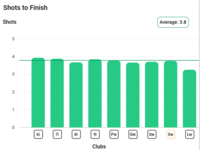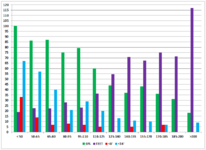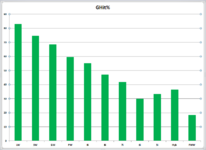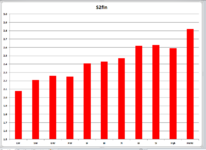No. But how this applies to improvement is contingent on potential and goal - something that is unique to every golfer.Am I wrong?
Using the distance is king argument to discuss which club a specific golfer pulls on a specific tee shot is a different discussion than what’s the best area a specific golfer should work on if dropping x amount of strokes is the goal.
My opinion is that working on more distance for an older golfer (who is already a bit longer than average both by age and by HC) looking to get from a 22 to a 17 when his biggest issue is keeping the ball inside the ropes is not the right answer. I completely understand the factor of pulling less for subsequent shots. But IMO, advancing the ball without the dispersion can be more important.
It’s not unlike the gir is king argument. Should someone devote most of their practice time on approach shots in an attempt to obtain an unachievable goal of 10 gir per round? Or accept their potential of 6 or 7 and put some of that practice time towards scrambling skills?
Yes, we should all put some effort towards improving or maintaining distance. But for some of us, there’s a limit and the lack of distance is not the biggest thing holding us back from improvement.











